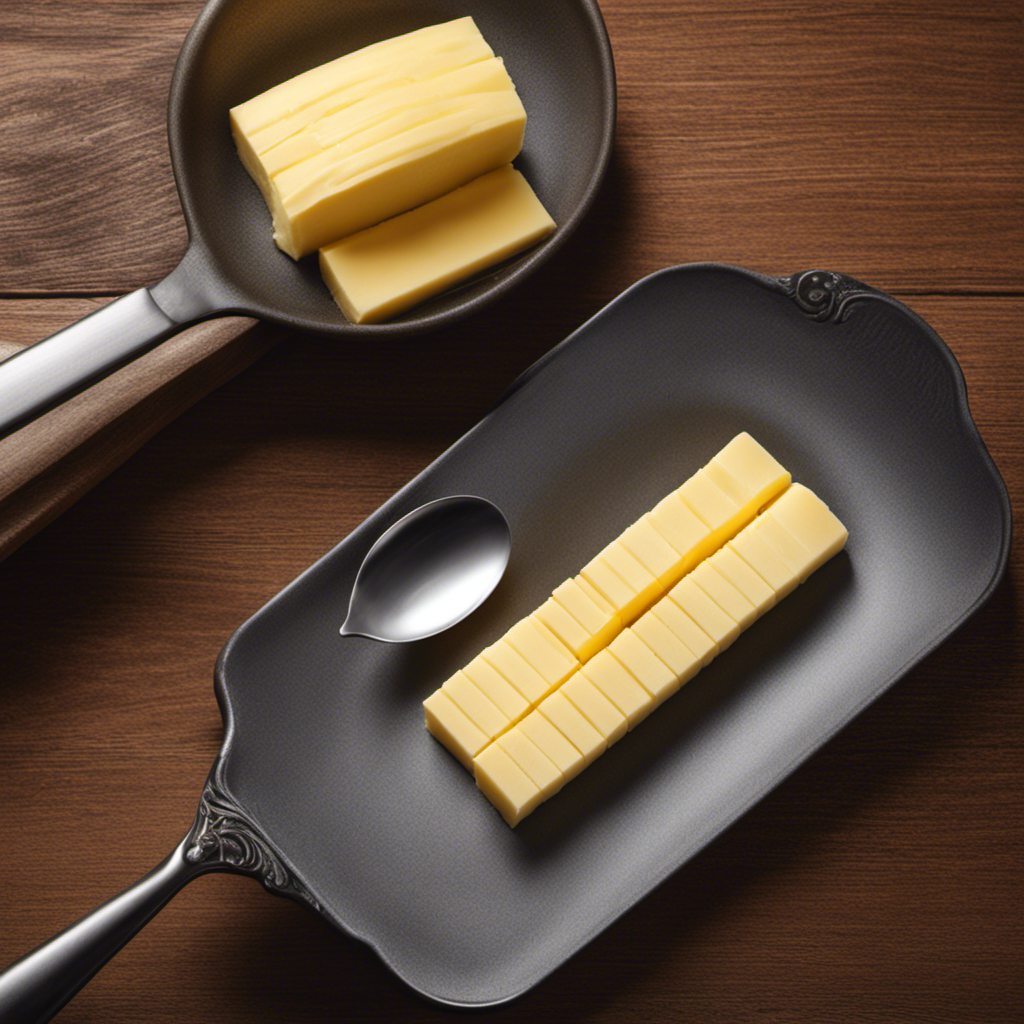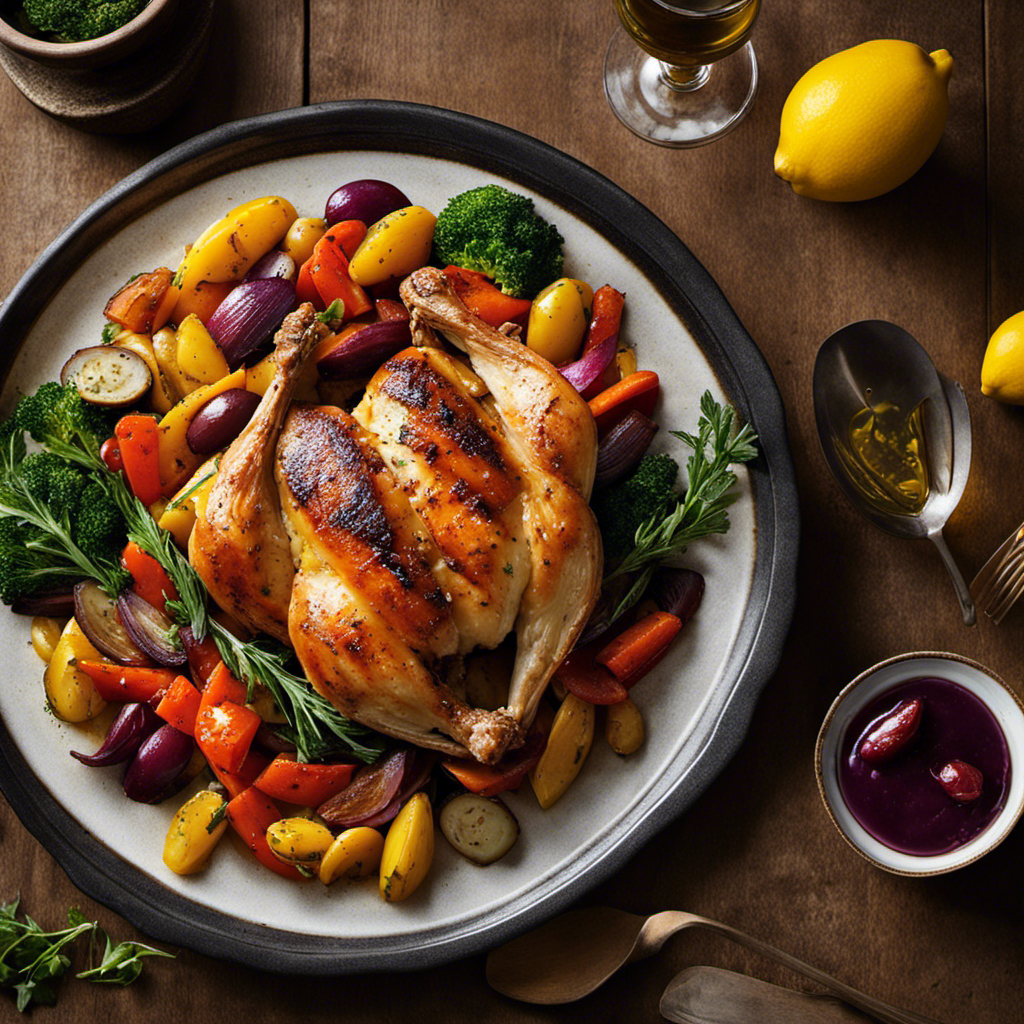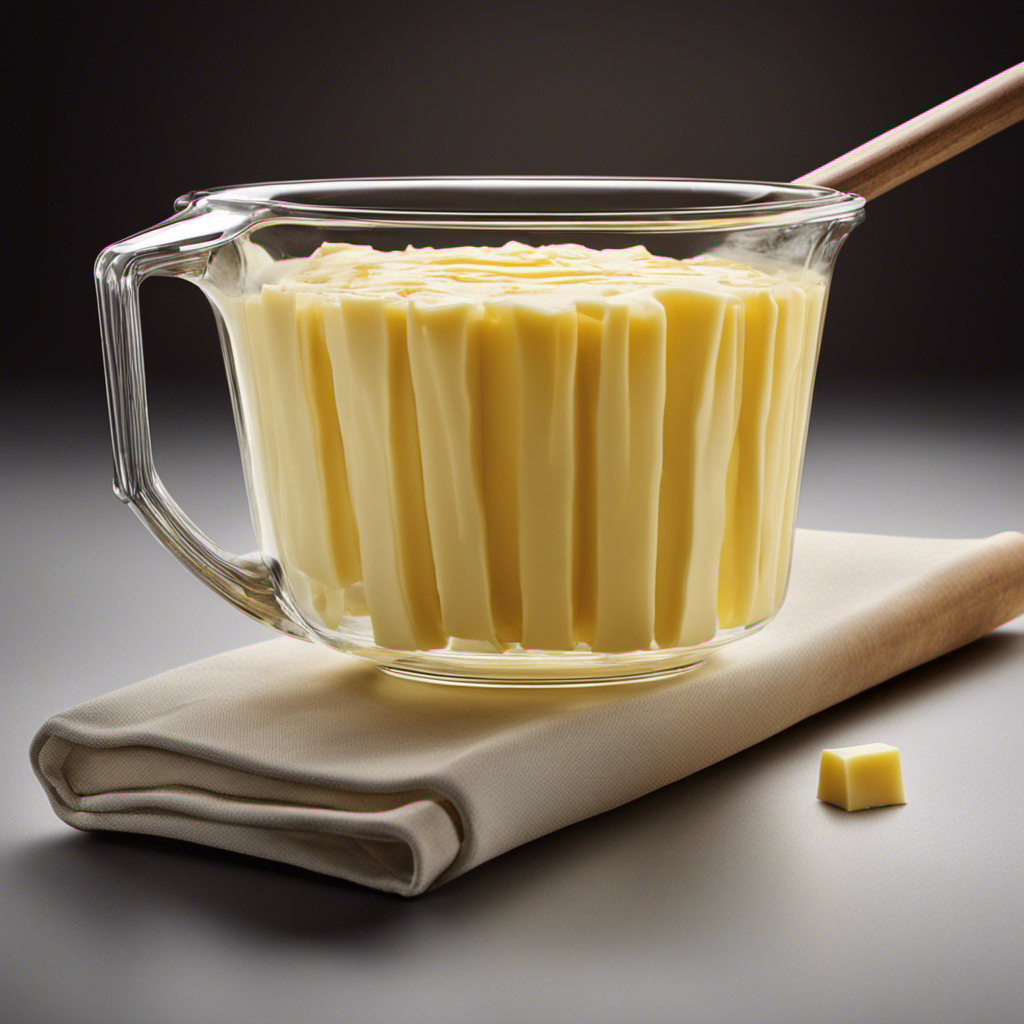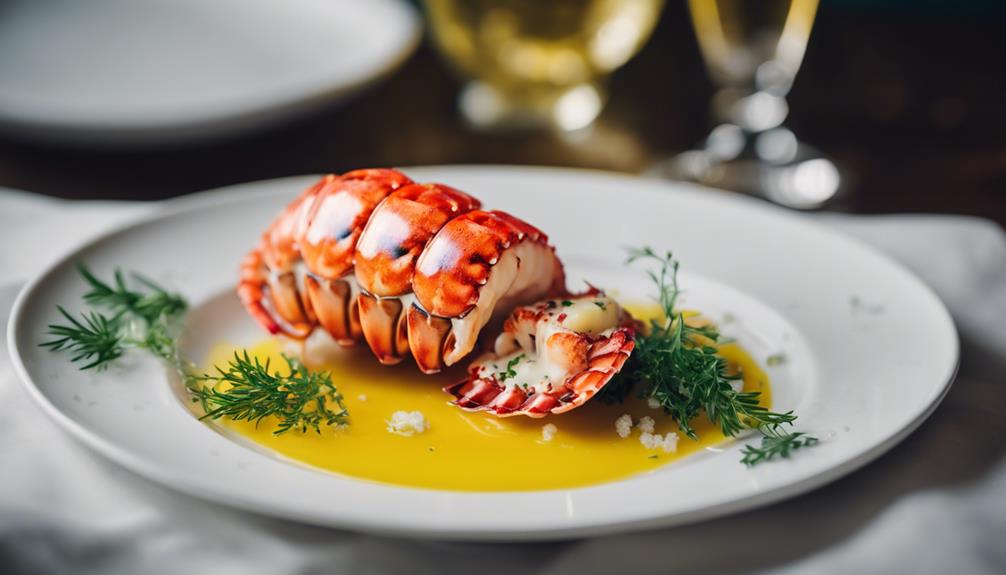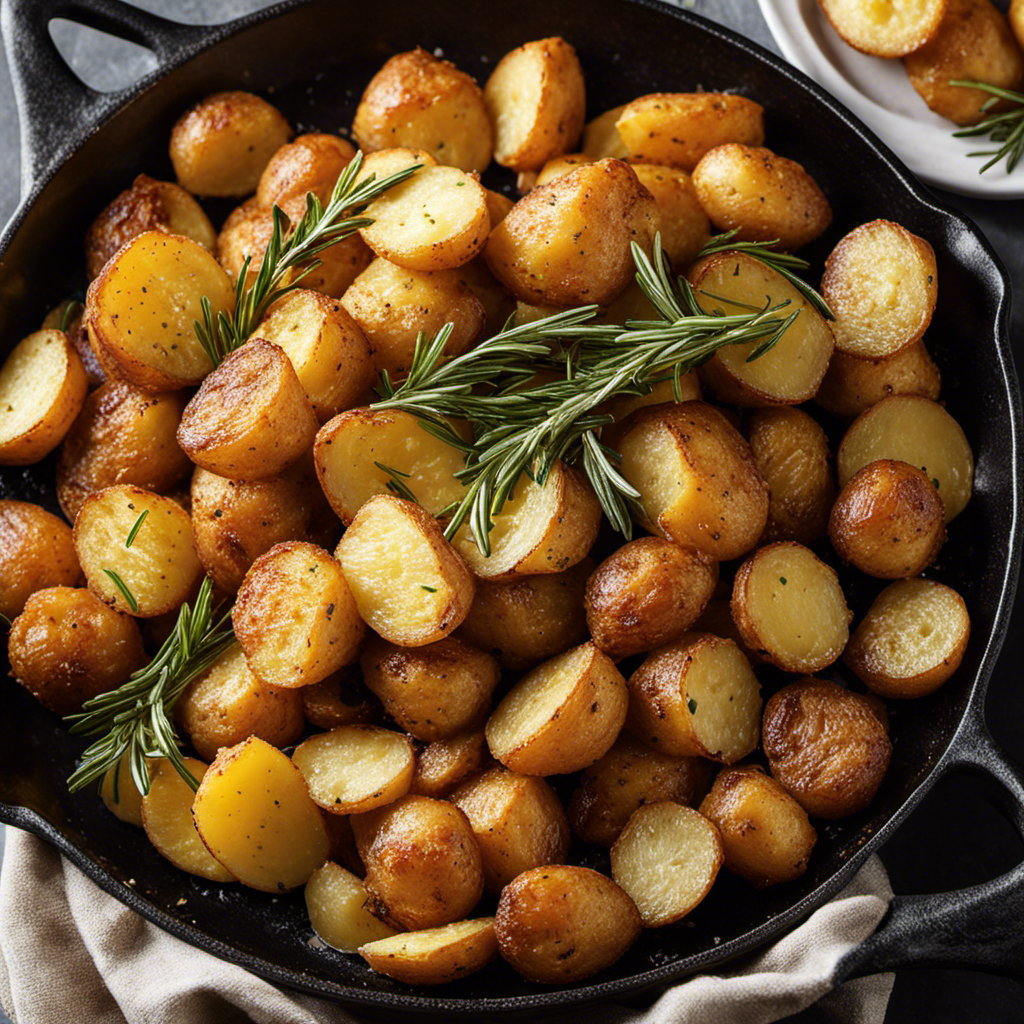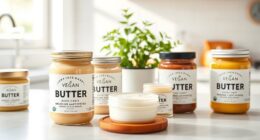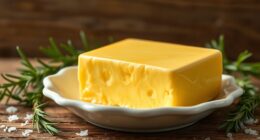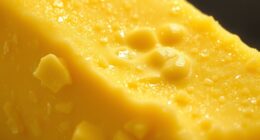Were you aware that a stick of butter contains 8 tablespoons?
If you’ve ever found yourself wondering how many tablespoons you need when a recipe calls for a certain number of butter sticks, you’re not alone.
Understanding butter measurements and converting between sticks and tablespoons can be helpful in the kitchen.
In this article, we will explore the standard conversion ratio and provide tips and tricks for accurately measuring butter in your recipes.
Key Takeaways
- Butter is commonly sold in sticks in the United States.
- Each stick of butter weighs 113 grams or 1/2 cup.
- To convert a stick of butter to tablespoons, multiply the number of sticks by 8.
- Alternative butter substitutes such as oil, applesauce, or yogurt can be used in equal amounts as the original butter measurement.
Understanding Butter Measurements
There’s a lot to learn about butter measurements. When it comes to butter, different countries use different units of measurement.
In the United States, butter is commonly sold in sticks, with each stick weighing 113 grams or 1/2 cup.
However, in some European countries, butter is measured in grams or kilograms.
To convert butter from grams to tablespoons, you need to know that 1 tablespoon is equal to 14.18 grams. So, if you have 100 grams of butter, you can divide it by 14.18 to find that it is approximately 7 tablespoons.
This conversion can come in handy when following recipes from different countries or when you don’t have a kitchen scale available.
Converting Butter Sticks to Tablespoons
To convert a stick of butter to tablespoons, you’ll need to multiply the number of sticks by 8. This is because there are 8 tablespoons in one stick of butter. It’s a simple conversion that can come in handy when following recipes or measuring ingredients accurately.
Butter measurements have an interesting history. In the past, butter was often sold in large blocks or barrels, making it difficult to measure precise amounts. However, as standardized measurements became more common, butter was packaged in convenient sticks, making it easier for home cooks to use in their recipes.
To further understand the conversion, let’s take a look at the table below:
| Butter Sticks | Tablespoons |
|---|---|
| 1 | 8 |
| 2 | 16 |
| 3 | 24 |
| 4 | 32 |
| 5 | 40 |
This table shows the conversion of butter sticks to tablespoons, allowing you to easily determine the amount of butter you need for your recipes.
The Standard Conversion Ratio
The standard conversion ratio for butter sticks to tablespoons is 1 stick equals 8 tablespoons. However, it’s worth noting that there are alternative butter measurements that can be used in recipes.
If a recipe calls for a specific amount of tablespoons of butter and you only have sticks of butter, you can easily convert tablespoons to butter sticks by dividing the number of tablespoons by 8. For example, if a recipe requires 16 tablespoons of butter, you would divide 16 by 8 to get 2 sticks of butter. This conversion allows you to accurately measure the amount of butter needed for your recipe.
Now that you know how to convert tablespoons to butter sticks, let’s explore how to adjust butter measurements for recipes that require different quantities.
Adjusting Butter Measurements for Recipes
If you’re baking and need to adjust the amount of butter in a recipe, you can easily do so by using alternative measurements. There are several alternative butter substitutes you can use in your recipes, such as oil, applesauce, or yogurt. These substitutes can be used in equal amounts as the original butter measurement.
For example, if your recipe calls for 1/2 cup of butter, you can use 1/2 cup of oil, applesauce, or yogurt instead. Converting butter measurements for baking can be a simple process with these alternatives. By using alternative measurements, you can achieve the same results in your recipes while reducing the amount of butter used.
Now, let’s move on to some tips and tricks for measuring butter accurately.
Tips and Tricks for Measuring Butter
When measuring butter, remember to soften it at room temperature before using it in your recipe. This will ensure accurate measurements and make it easier to work with.
To measure butter accurately, the best tools to use are a kitchen scale or measuring spoons. A kitchen scale allows you to measure the exact weight of butter, while measuring spoons can be used to measure tablespoons or teaspoons of butter.
When using measuring spoons, make sure to pack the butter firmly into the spoon and level it off for precise measurements. Avoid common mistakes such as measuring butter directly from the refrigerator or using a knife to estimate quantities. These can lead to inaccurate measurements and affect the final outcome of your recipe.
Conclusion
So there you have it, now you know exactly how many tablespoons are in a stick of butter. Understanding this conversion is crucial when following recipes, as it ensures accurate measurements and ultimately, successful dishes.
Just like a skilled painter needs the right brush to create a masterpiece, a cook needs the right measurement to create a delicious meal.
So next time you’re in the kitchen, armed with your trusty tablespoon, you can confidently measure out that stick of butter and create culinary magic.
